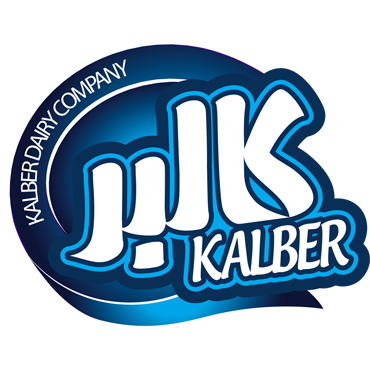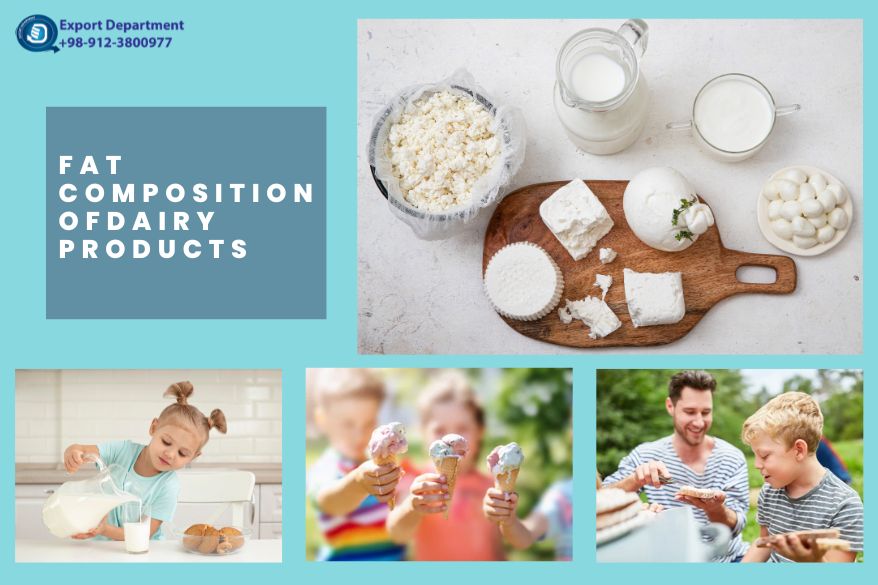UHT Milk, the Natural Dairy Ingredient
UHT milk is milk that has been processed at ultra-high temperatures and is packaged in an aseptic unit.
What is the difference between UHT milk and fresh milk?
UHT milk has been processed at Ultra-high temperature processing (UHT). The sterilization is made through rapid heating of milk to a temperature of approximately 280 F, keeping it there for two to four seconds, and then rapidly cooling it. This method results in milk that is 99.9% free of bacteria. With aseptic containers, UHT milk has a long shelf life and doesn’t require refrigeration until it has been opened. Once opened, it is recommended that the milk should be refrigerated and consumed quickly like any other perishable food. In the case of UHT milk with probiotics, the product is stored in refrigeration to regulate the status of the probiotics. But instead, Fresh milk has been heated at 161-165 F for 15-20 seconds. The pasteurization method results in raw milk that is 99.9% free of bacteria. To limit the growth of the remaining spoilage microorganisms, pasteurized milk needs to be kept under cold conditions throughout the distribution and storage. The shelf life of pasteurized milk depends on the initial load of microorganisms as well as storage temperature but is normally around 7 days.
Are there any preservatives added to UHT milk?
Due to the ultra-heat treatment and aseptic packaging used for UHT milk that protects it from the entrance of any microorganisms, there is no need to add preservatives to the product as there are no microorganisms growing. Aseptic containers also protect the product from air and light, thereby protecting the product's quality. For more information check out Kalber UHT Milk with various fat content.
Does UHT milk taste the same as fresh milk?
UHT milk taste is often described as being more rich and creamy compared to pasteurized milk due to the higher temperature. However, many feel the difference is hardly noticeable when milk is served cold at a refrigeration temperature.
Does UHT milk have the same nutrition as fresh milk?
The UHT (ultra-heat treatment) and Pasteurized milk contain the same nutritional value when it comes to the major nutrients of Vitamins (A, B-complex, D, E), minerals (Calcium, Potassium, Magnesium, zinc, and Phosphorus), and Proteins. However, a loss of sensitive vitamins such as Folic Acid, Ascorbic Acid, and vitamins B-12 and B6 can occur in UHT milk during heat treatment and storage. Nutrient losses that occur during the production of UHT milk are minimal and don’t have a significant impact on the overall nutritional quality of the UHT milk.
|
Minerals and Vitamins of semi skimmed UHT milk (per 100g) |
|||
|
Potassium |
140 mg |
Calcium |
120 mg |
|
Phosphorus |
92 mg |
Sodium |
47 mg |
|
Magnesium |
11 mg |
Zinc |
0.48 mg |
|
Iron |
0.02 mg |
Manganese |
0.014 mg |
|
Copper |
0.006 mg |
Carbohydrates |
4.80 g |
|
Fat |
1.98 g |
Protein |
3.30 g |
|
(B4) Choline |
16.4 mg |
(B5) Pantothenic acid |
0.356 mg |
|
(C) Ascorbic acid |
0.2 mg |
(B2) Riboflavin |
0.185 mg |
|
(B3) Niacin |
0.092 mg |
(B1) Thiamine |
0.039 mg |
|
B6 |
0.038 mg |
(E) Alpha-Tocopherol |
0.03 mg |
|
A |
28 μg |
(B9) Folate |
5 μg |
Why does the shelf life of different brands of UHT milk differ?
UHT milk Packaging in sterile containers means it can be stored safely for many months without refrigeration. The length of the shelf life usually depends on the product formulation and climate, but is also affected by the regulatory requirements of the market, the company’s sales strategy, and consumer preference.
What is Aseptic Packaging?
In general terms, Aseptic Packaging which is a type of thermal sterilization is defined as the sterilization of the packaging materials and filling and hermetic sealing of commercially sterile products in an aseptic environment, which can prevent reinfection.
For products with a long non-refrigerated shelf life, the package should also give almost complete protection against light and atmospheric oxygen in order to protect the nutritional value.
Read More: Unveiling the World of Juices: Fruit and Drink Juices Explained
How is UHT milk made?
UHT is a thermal preservation treatment using hot water or steam for the heat treatment of the product. There are two types of UHT treatment that can be used for milk: direct and indirect.
During the direct UHT treatment, steam comes in direct contact with the product, heating it and producing condensate. This is followed by rapid vacuum cooling. The condensate from the steam used for heating is then removed. The brevity of the treatment makes it possible to maintain excellent product quality.
In the indirect UHT treatment, the product does not come into direct contact with the heat source (steam) but is instead heated by using a hot surface, which is heated by hot water in heat exchangers. The heating process is more lengthy in an indirect system compared to a direct system. This is a much more cost-effective heating method, as more of the energy is recovered. However, it has slightly more impact on the product quality.
|
https://www.tetrapak.com |
|
Aseptic Packaging, R.S. Chavan, S. Bhatt, in Encyclopedia of Food and Health, 2016 |
|
#asepticpackaging #dairyproducts #kalbermilk #uhtmilk |

.jpg)

.jpg)


.jpg)